

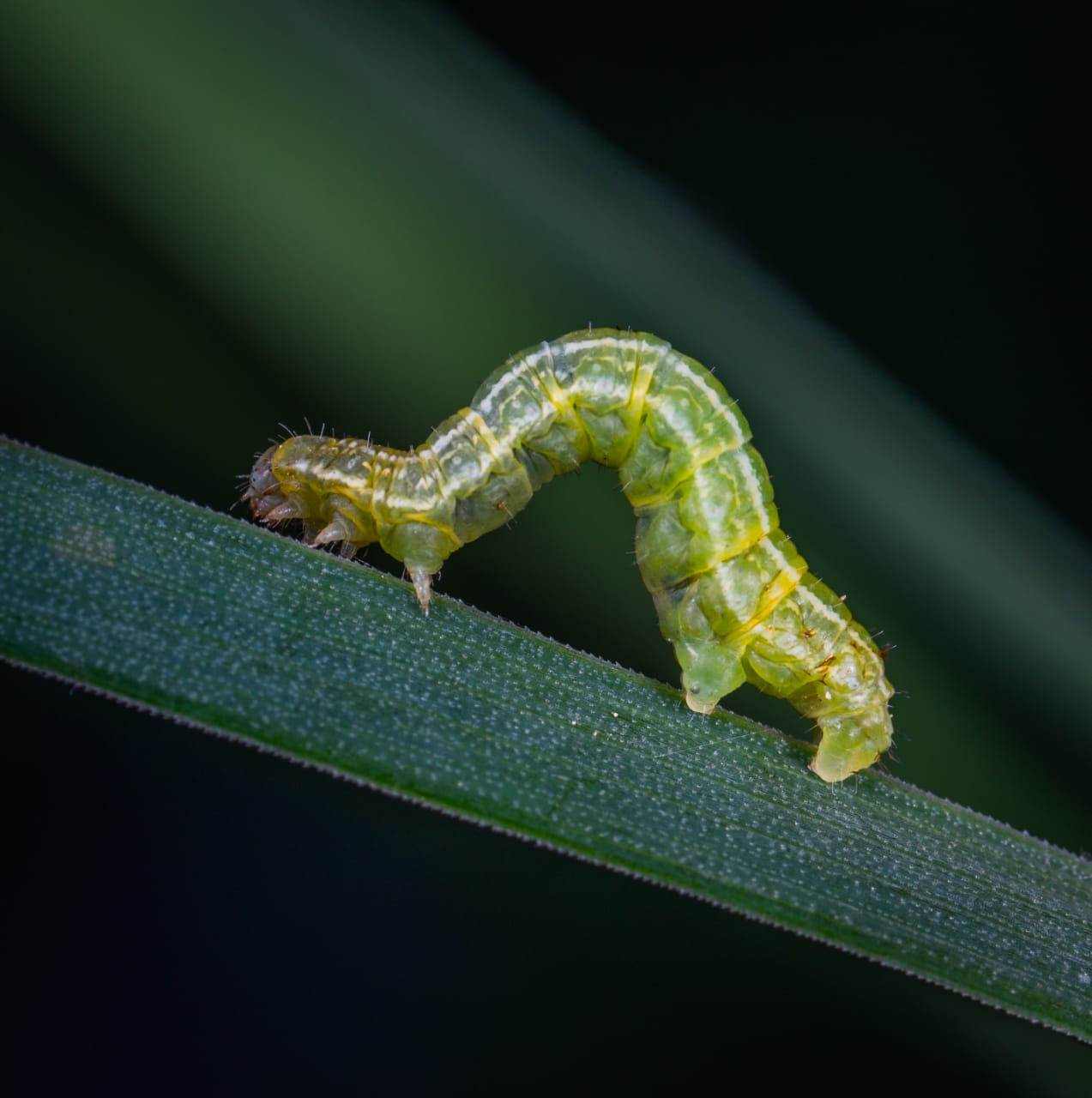
Earthworms are hermaphrodites: each carries male and female reproductive organs. When mating, two individual earthworms will exchange sperm and fertilize each other's eggs.
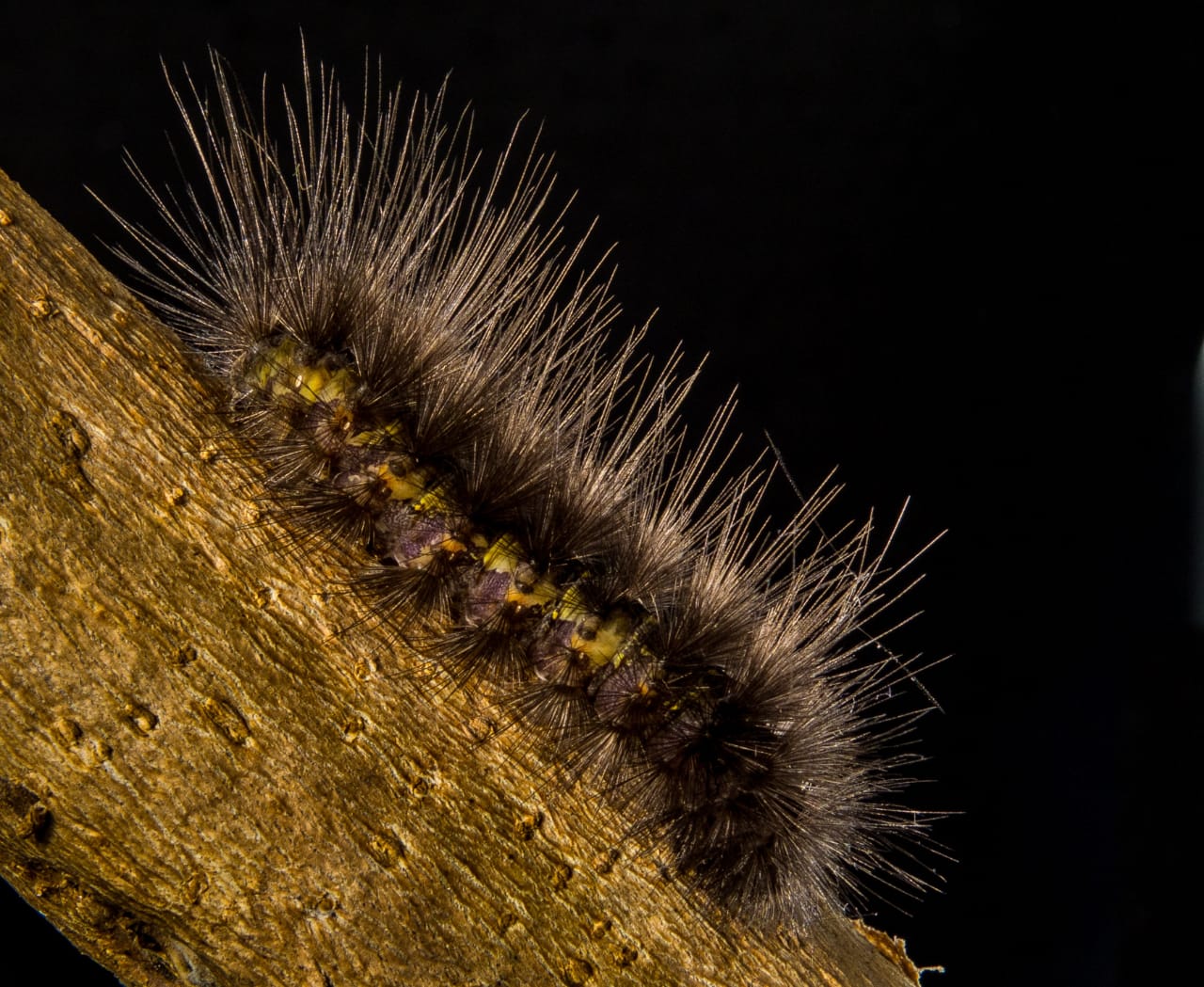
Leeches show a remarkable similarity to each other in morphology, very different from typical annelids which are cylindrical with a fluid-filled space, the coelom (body cavity).
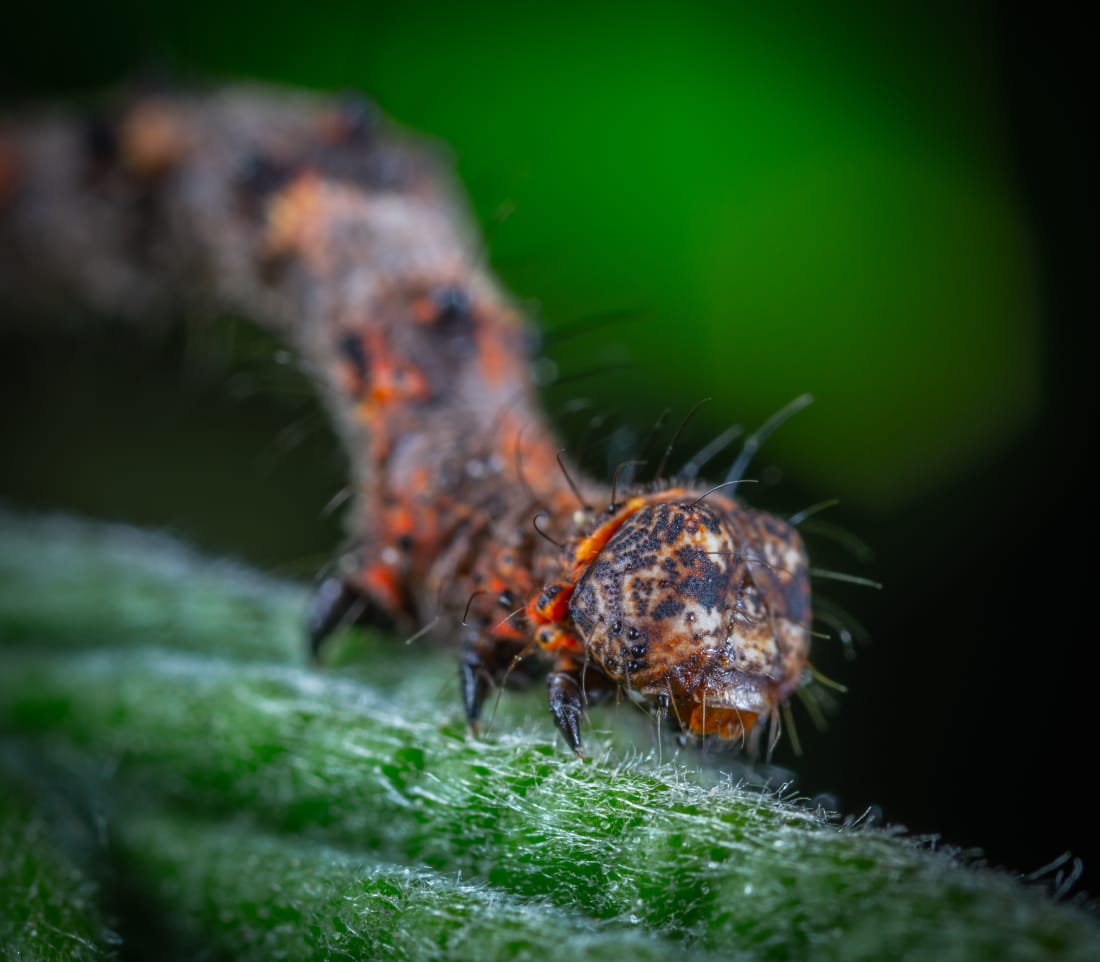
Polychaetes are extremely variable in both form and lifestyle, and include a few taxa that swim among the plankton or above the abyssal plain. Most burrow or build tubes in the sediment, and some live as commensals.
Annelids include earthworms, leeches, Polychaete worms. Approximately 15000 species are categorized under this phylum of which mostly are polychaetes. Annelids have well-developed neuronal and digestive systems and their reproductive strategies include sexual dimorphism.The Annelids are bilaterally symmetrical, triploblastic, coelomate, invertebrate organisms. They also have parapodia for locomotion. Most textbooks still use the traditional division into polychaetes (almost all marine), oligochaetes (which include earthworms) and leech-like species. Cladistic research since 1997 has radically changed this scheme, viewing leeches as a sub-group of oligochaetes and oligochaetes as a sub-group of polychaetes. In addition, the Pogonophora, Echiura and Sipuncula, previously regarded as separate phyla, are now regarded as sub-groups of polychaetes. Annelids are considered members of the Lophotrochozoa, a "super-phylum" of protostomes that also includes molluscs, brachiopods, and nemerteans.
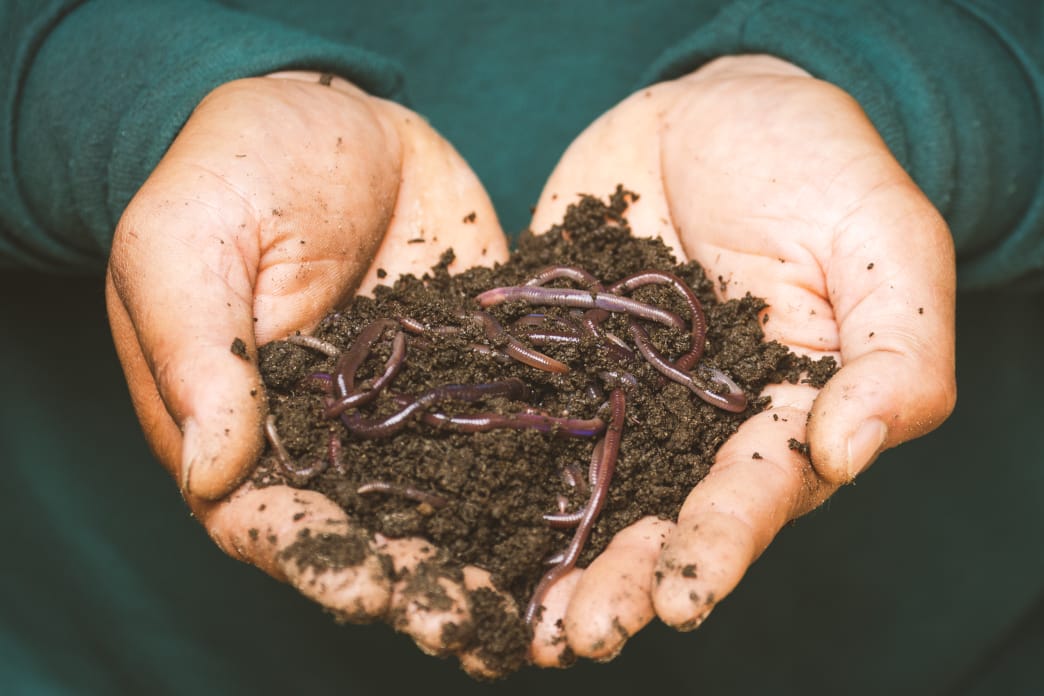
An earthworm is a terrestrial invertebrate that belongs to the phylum Annelida.
They exhibit
a
tube-within-a-tube body plan;
they are externally segmented with corresponding internal
segmentation;
and they usually have setae on all segments. They occur worldwide where soil,
water, and
temperature
allow.
Earthworms are commonly found in soil,
eating a wide variety of organic matter. This organic
matter
includes plant matter,
living protozoa, rotifers, nematodes, bacteria, fungi, and other
microorganisms.
An earthworm's digestive system runs the length of its body.
An earthworm respires through its skin. It has a double
transport system made of coelomic
fluid that
moves within the fluid-filled coelom and a simple, closed circulatory system.
Leeches are segmented parasitic or predatory worms that comprise the subclass Hirudinea within the phylum Annelida. They are closely related to the oligochaetes, which include the earthworm, and like them have soft, muscular, segmented bodies that can lengthen and contract. Both groups are hermaphrodites and have a clitellum, but leeches typically differ from the oligochaetes in having suckers at both ends and in having ring markings that do not correspond with their internal segmentation. The body is muscular and relatively solid, and the coelom, the spacious body cavity found in other annelids, is reduced to small channels.
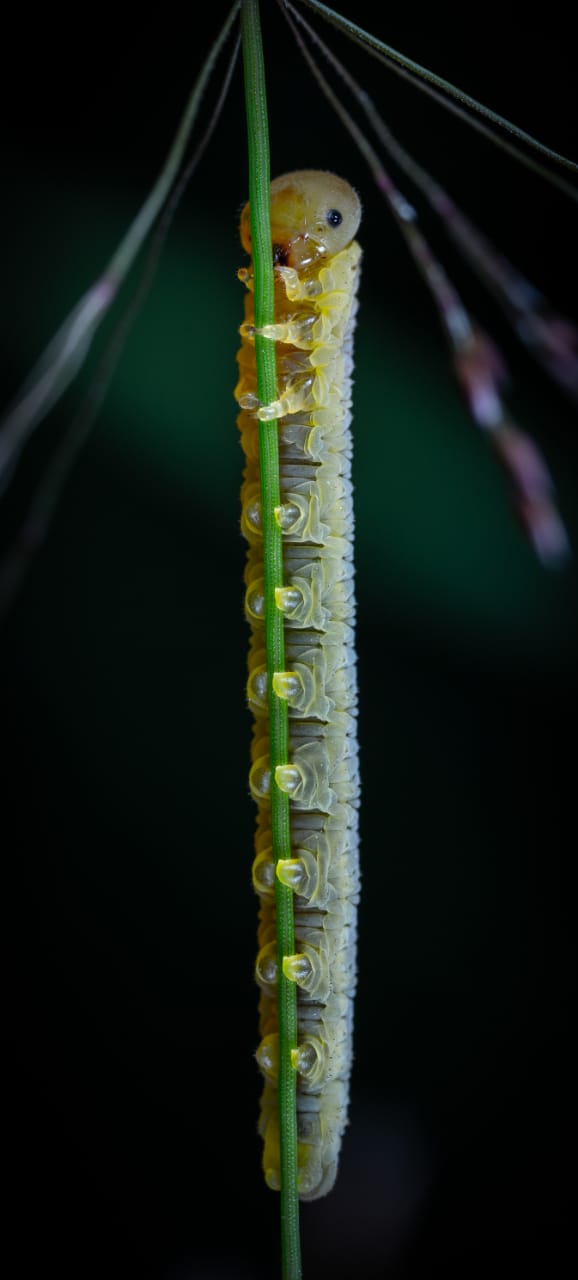
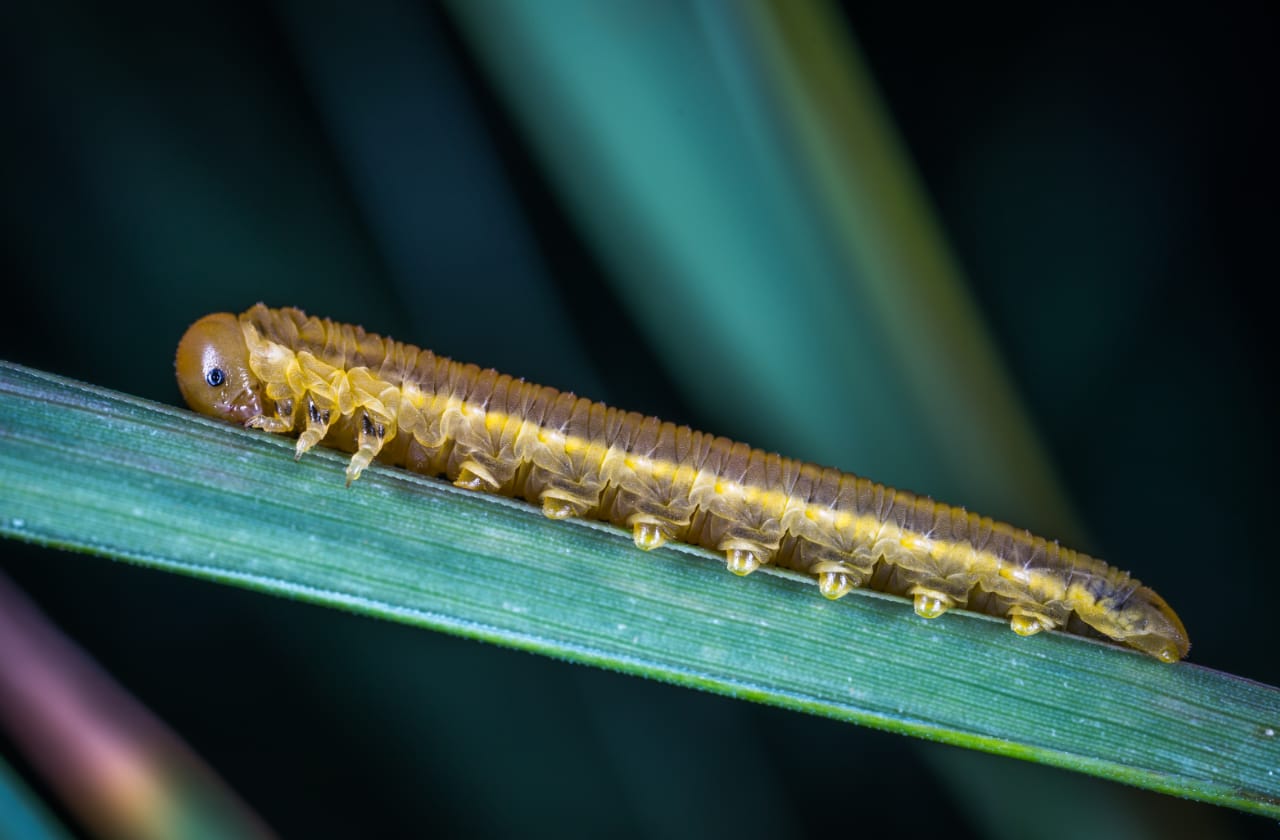
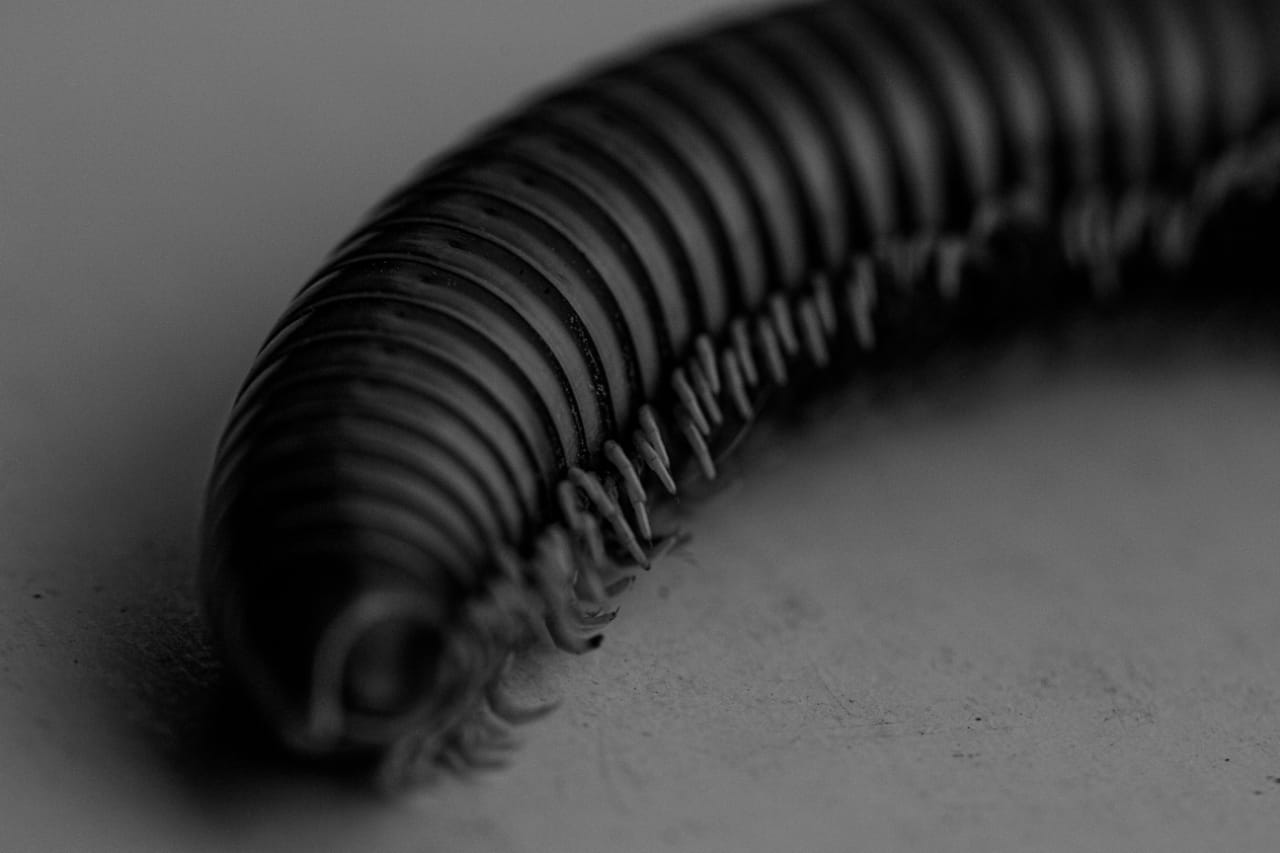
Polychaeta is a paraphyletic class of generally marine annelid worms, commonly called bristle worms or polychaetes. Each body segment has a pair of fleshy protrusions called parapodia that bear many bristles, called chaetae, which are made of chitin. More than 10,000 species are described in this class. Common representatives include the lugworm (Arenicola marina) and the sandworm or clam worm Alitta. Polychaetes as a class are robust and widespread, with species that live in the coldest ocean temperatures of the abyssal plain, to forms which tolerate the extremely high temperatures near hydrothermal vents. Polychaetes occur throughout the Earth's oceans at all depths, from forms that live as plankton near the surface, to a 2- to 3-cm specimen (still unclassified) observed by the robot ocean probe Nereus at the bottom of the Challenger Deep, the deepest known spot in the Earth's oceans. Only 168 species (less than 2% of all polychaetes) are known from fresh waters.